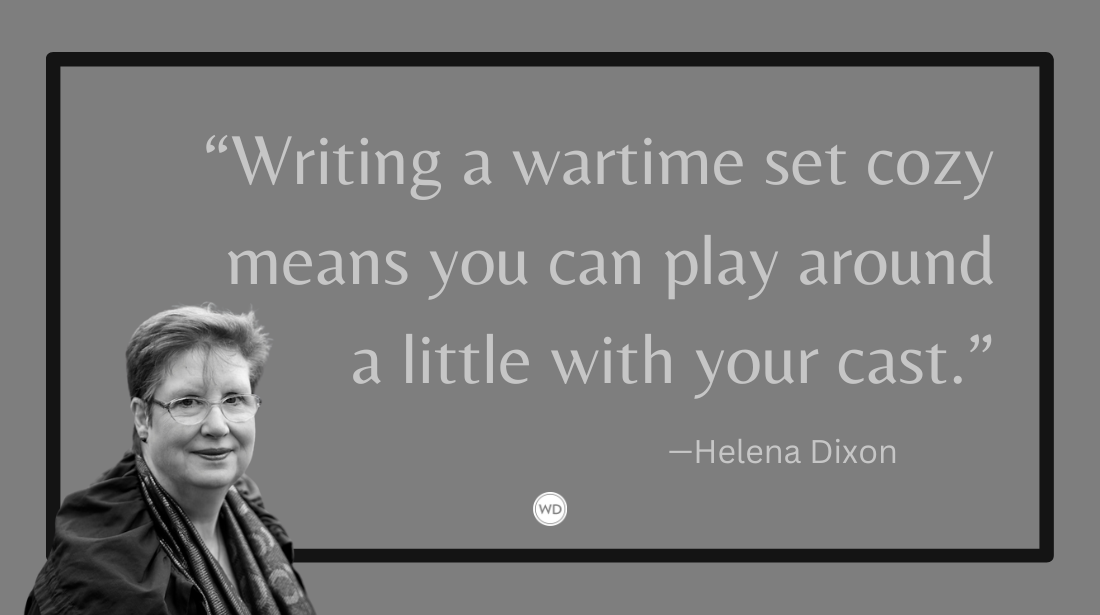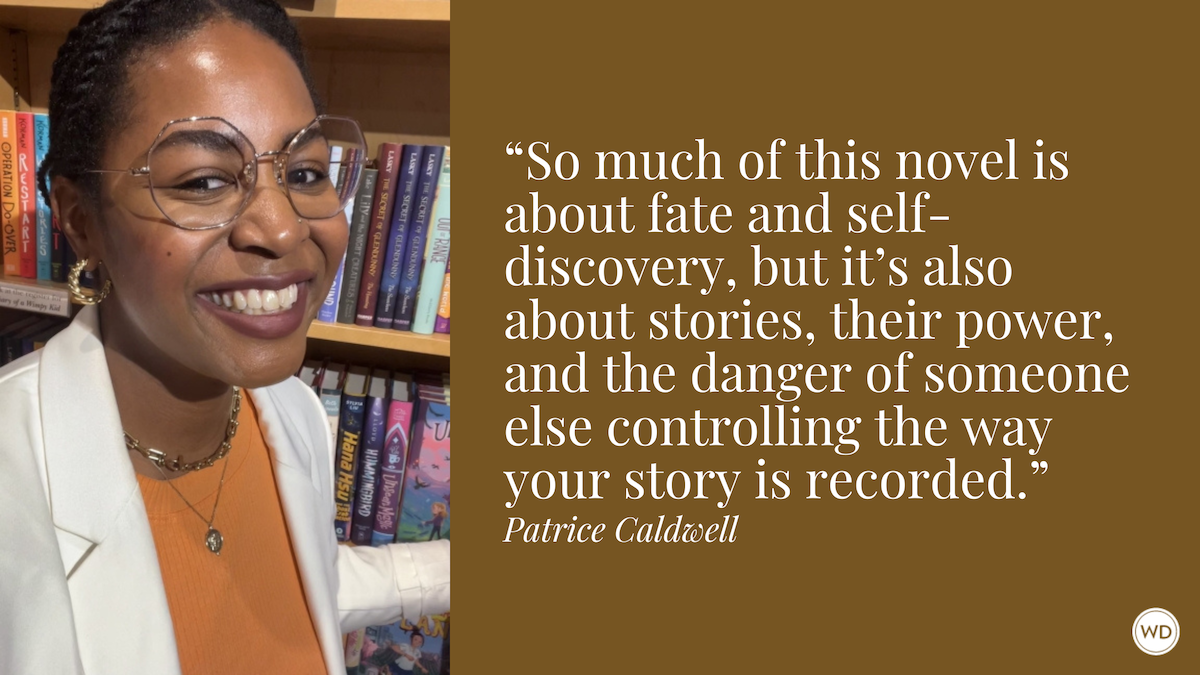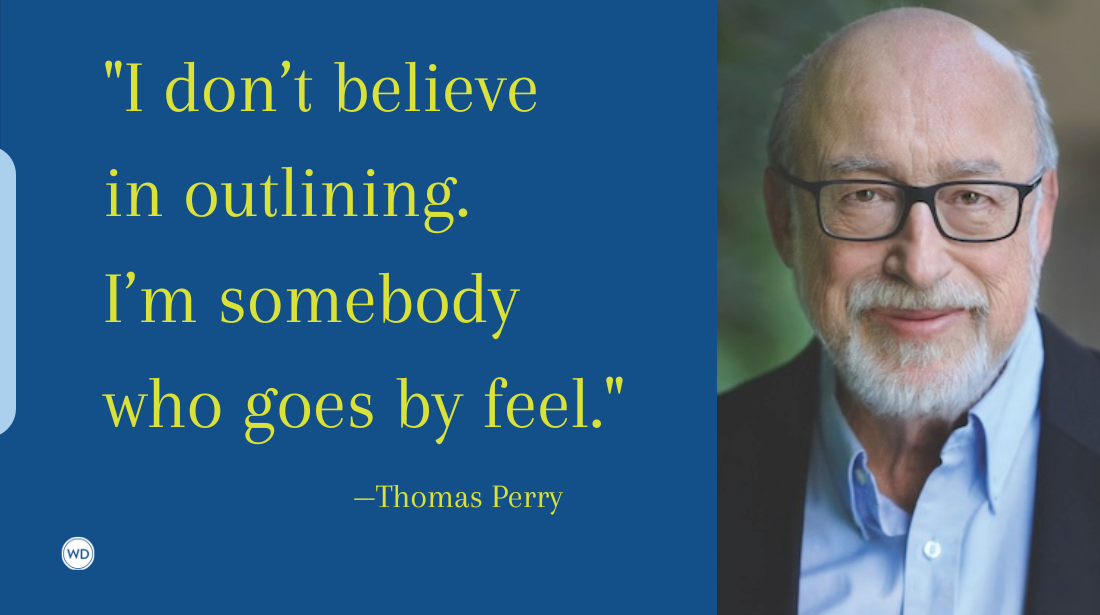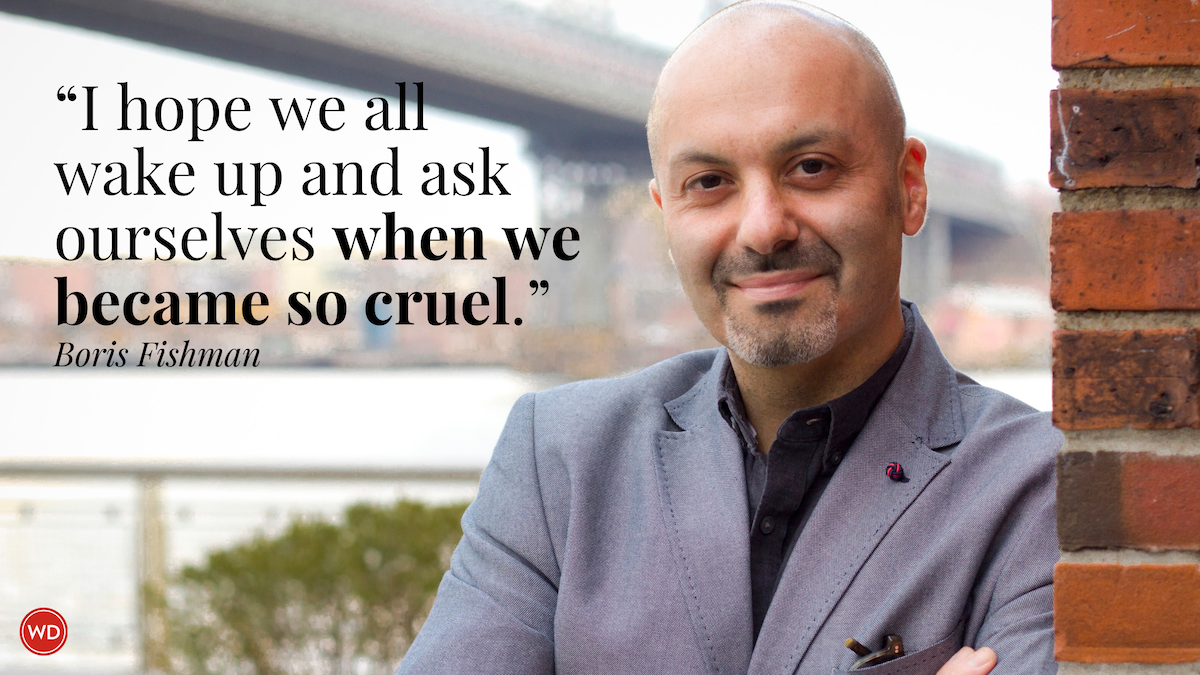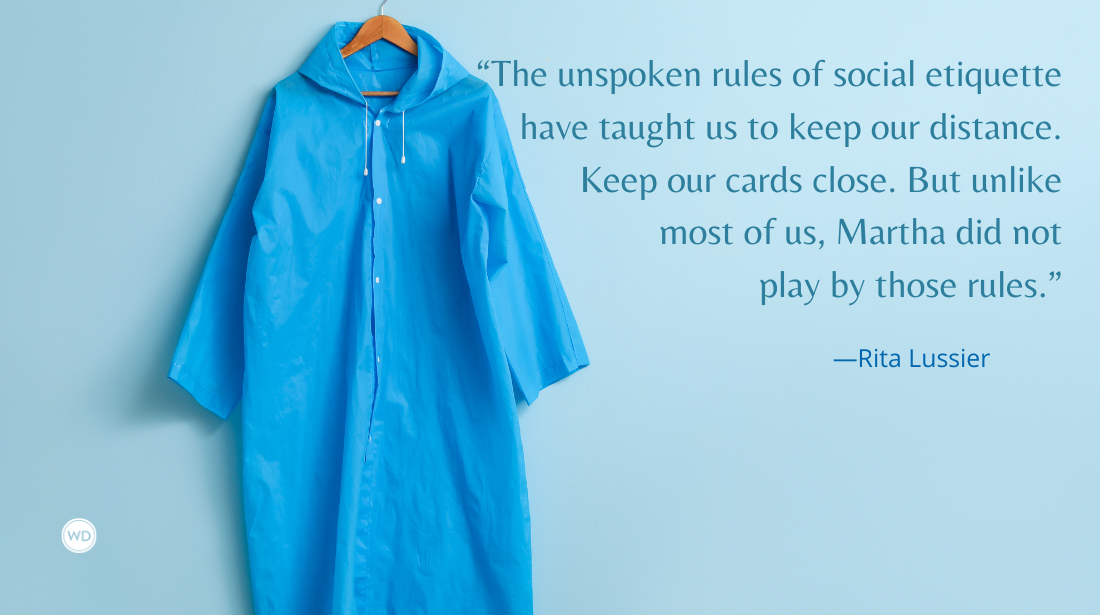Editorial Road-Mapping: Start Your Self-Editing Process Here
Editorial road-mapping begins with a challenge of willpower and ends with a battle-plan for transforming your manuscript into the book you dreamed it could be. Let editor Kris Spisak give you that map!
Your draft is sitting there, a pile of sand that you know can be shaped into a castle, yet where does the editing even begin? Focusing on punctuation and grammar, starting with page one sentence one, is a waste of your time if your manuscript isn’t smoothed and sculpted as it should be. Picking out broken shells doesn’t build the sandcastle.
There are countless brainstorming exercises, pre-writing tactics, and drafting strategies, but when it comes to the revision process, even the most experienced writers can feel at a loss.
But no longer you.
Why not give yourself a precise roadmap showing exactly what you need to do? Here’s the secret editing method that can transform your revision practices.
Editorial road-mapping begins with a challenge of willpower and ends with a battle-plan for transforming your manuscript into the book you dreamed it could be.
Editorial Road-Mapping: Start Your Self-Editing Process Here
Step One: Put down the red pen (virtual or otherwise).
I know, I know. We all want to dive into the heavy lifting so we can be finished with our books already, but a powerful edit isn’t a rushed one.
Begin by creating the “legend” for your editorial roadmap. You could call it a “map key,” of course, but a “map legend” leans a bit more toward the epic—and who doesn’t want to be epic on this creative journey?
Ask yourself about the potential weaknesses in your manuscript. You’re the author. You deserve to be proud of your project, but you also probably have ideas about where it could be better. Character differentiation? Avoiding cliches and lazy language? Balancing out the action or dialogue with a sense of atmosphere or setting?
Whatever your book’s specific imperfections may be, write down that editing to-do list brainstorm. Then match each “to-do list task” with a symbol that doesn’t appear anywhere else in your manuscript. These symbols will soon become your editing trail markers, clearly identified within your “map legend.”
For example:
- a caret (^) can mean the pacing is falling flat or suspense is lacking;
- a tilde (~) can mean more emotion is needed;
- a double dollar sign ($$) could mean a chapter ending isn’t paying off;
- a double asterisk (**) could mean that a scene feels rushed.
The symbols and their meanings are completely up to you. Maybe you already have some ideas. If not, scan through your favorite [Writers Digest blogs on the writing craft] to see what jumps out at you.
Your “map legend” can have just a few symbols, or it can have many. This is a flexible system. You get to decide how you proceed.
Step Two: Look don’t touch.
After you’ve created your “legend,” read your manuscript draft. You’ll likely be drawn into editing mode like a strange creative gravitational pull, wanting to change a line here or an entire scene there; however, the key to editorial road-mapping is to only lay down your markers.
Read with an editor’s eye, looking for everything that could be stronger. Force yourself to simply give your future self a trail. Add your symbols wherever you spot a weakness. There’s no need to stress about fixes yet, and that can be freeing, right?
Perhaps as you read, your map legend might even grow by a few symbols, a few more areas you catch that need work, and that’s okay too.
Reading through a full draft is empowering in itself, but laying down your markers blazes the trail for efficient and focused next steps.
Step Three: Talley ho! (i.e., Revise according to your meticulous plan)
Follow the trail you’ve created, where “x” might not mark the spot, but a hashtag (#) just might. Move forward symbol by symbol, weak spot to weak spot, giving yourself a method to the editing madness. In this way, you won’t simply read your manuscript—an easy thing to do when the work is your own. You’re held accountable by your legend-driven to-do list. Oh, look at you being epic again.
Settings tweaked for historical accuracy? Check.
“Data dumps” cut, tightened, or more smoothly integrated? Check.
Once you meet each challenge, remove the symbol and wipe your hands of that messy spot which is no more. Striking items off a to-do list feels good; erasing your editorial road map is similarly satisfying.
Step Four: Leave no trace.
Utilizing symbols that exist nowhere else in your manuscript makes your cleanup easy. The “Find” function is a fabulous feature for this final task, seeking out each symbol to ensure all are deleted.
When you’ve addressed every single item in your legend, you know that you’ve transformed your book for the better.
Is it finished? Well, that’s a complicated question. However, with editorial road-mapping, that pile of sand that was your draft will be dramatically closer to that sandcastle. And that’s something both you and your future readers can appreciate.
Kris Spisak is the author of Get a Grip on Your Grammar (Career Press, 2017), The Novel Editing Workbook (Davro Press, 2020), The Family Story Workbook (Davro Press, 2020), and the novel The Baba Yaga Mask (Wyatt-MacKenzie, 2022). In addition to her books, her “Words You Should Know” podcast, Grammartopia® events, and Story Stop Tour programs are also designed to help writers of all kinds sharpen their storytelling and empower their communications. Kris is an active speaker, workshop leader, and fiction editor, and she also serves on the advisory board of James River Writers. Learn more or sign up for her monthly writing tips newsletter at Kris-Spisak.com.

